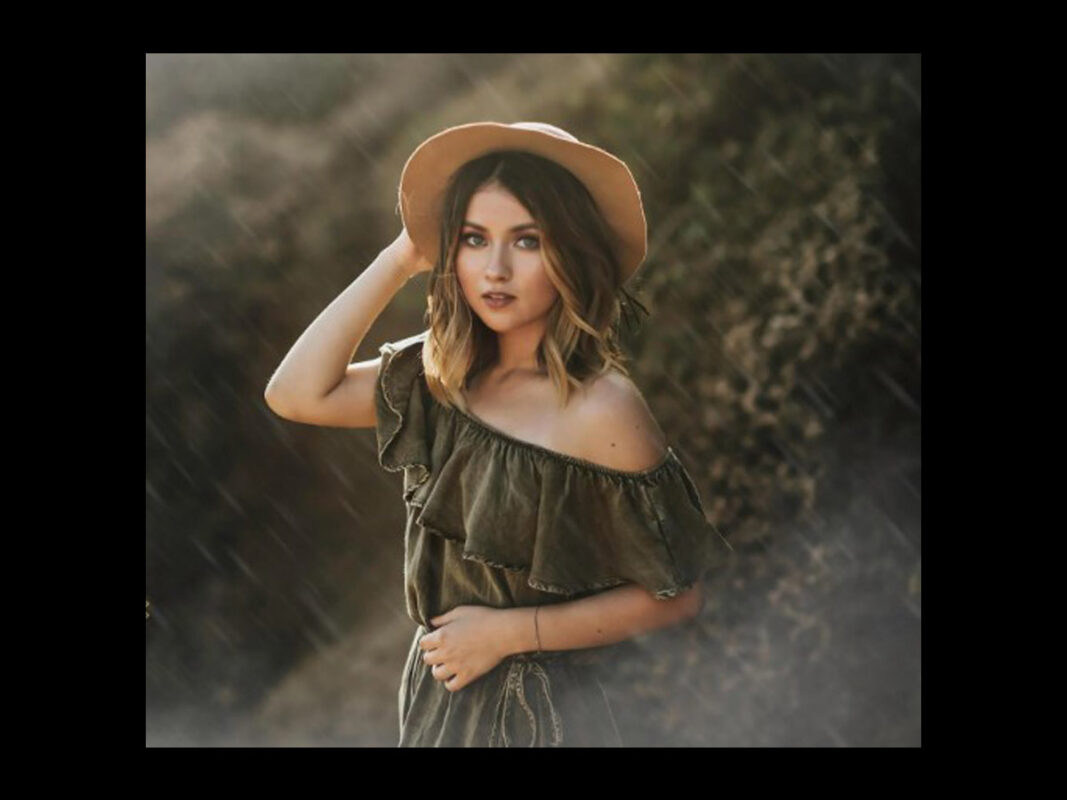What is an image overlay?
An image overlay is when you add text or an image on top of the base image. Advertisements, posters, and memes are samples of image overlays -but we can notice endless possibilities. You are learning to stack multiple photos, graphics, and designs in five easy steps to create overlays. Imagine getting your pictures with wild blending, texturizing, and masking tips, which all take your plans to the next level.

What do you understand by opal overlays in photoshop?
Opal overlays are a plugin for photoshop that delivers several custom textures, light leaks, and photo effects that can easily be applied to your image. It is designed to add creative and artistic elements to photographs and edit their visual appeal.

Photoshop overlays offer a layer of additional visual elements that can be added to the existing image. Overlays can contain many functions such as color effects, graphics, patterns, color effects, and any other type of creative elements blended so nicely with your original image to rectify the most unique and visually exciting outlook.
Overlays add a new layer and need to blend it with the original by specific blend mode, which is overlay or Screen. By adjusting the opacity level or other settings of the overlay layer, you can easily control how the effect is played on the image.
Consequently, overlays are powerful options for adding visual interest and creative elements to an image. With some significant creativity and experimentation, overlays are suitable for transforming a plain or dull photo into an engaging or dynamic visual composition.
Why are overlays in photoshop important?
Overlays in Photoshop are essential since they deliver a way to add creative elements and boost the visual demand for images. Overlays can be cast-off to add textures, light leaks, color effects, and other visual elements that can transform an ordinary photo into a more artistic and convincing image. They can also be applied to make it precise exposure, add depth and measurement, and generate various special effects. Overall, overlays are a commanding tool for designers and photographers looking to uplift the visual impact of their expectations.
How do overlays work in photoshop?
Photoshop overlays work by accumulating a layer on top of the original image and combining the two layers using a specific blend mode. The overlay layer characteristically contains a texture or visual effect that is useful to the original image. By regulating the opacity, blend mode, and other settings of the overlay layer, you can switch how the effect is placed to the original image.

For example, if you desire to add a light film grain effect to a photo, you can make a new layer with a film grain texture and adjust the blend mode to “Soft Light” or “overlay.” This will mix the surface with the entire image and make a more textured, film-like presence.
There are countless dissimilar types of overlays in Photoshop, with light leaks, bokeh, textures, and gradients, and each one can be used to make a unique visual effect. With some novelty and research, overlays can be an influential tool to alter the visual appeal so attractive of your images.
How do opal overlays make your image more attractive?
Opal Overlays can make any photo more good-looking by adding unique textures, color effects, and other visual basics that can convert an ordinary photo into a more artistic and convincing image.
For example, Opal Overlays propose a variety of light leak effects that can add a dreamy, out-of-date feel, giving you a vintage feel to your photos. These light leaks are created by blending bright, saturated colors over your image, which can enhance a pop of color and visual interest to an or else dull or flat photo. Opal Overlays also propose a variety of textures, such as grime, film grain, and bokeh, which can show dimension and depth to your images and generate a more tactile, organic feel.
Overall, Opal Overlays delivers a quick and easy way to add creative and artistic elements to your photos, which can brand them more visually attractive and memorable. By testing with different overlays and regulating their settings, you can represent a wide range of belongings that are unique to your style and vision.
An artistic approach to photo editing.
Combining multiple images into one edge is easier than ever with apps like Photoshop. Whereas you’re looking to make double exposures, composite photos, or collages, you can use blend modes and layer covers to create overlay images powered by any inspiration.
Transform photos with image overlays
You can create something unique by piling multiple images, photos, or designs. Begin your scheme by opening your base image. Next, add pictures or photos on new layers and position them over your original base image. Then you’re prepared to unite and blend these layers into a solitary overlay image.
Clouds and water coated together with the Adobe Photoshop overlay tool.
Experiment with blending modes
Photoshop Blending modes give you some ways to syndicate and overlap images. Blending modes switch how a painting or editing tool touches your image’s pixels. Sympathetic, the result of each blending mode on your base color will help you get just the appearance you want in your final image. The mixture mode is set to Normal by default, and if you regulate the opacity of your image, you can merge the layers. Pick other ways, like Darken, to blend the pixels inversely.
Create any look you can imagine
Get a total switch over your amalgamation and overlay images with layer masks and slide settings. Block out exact areas of your image with masks. Then it’s easy to choose what’s blended and not. You can also use covers to hide or hide parts of an image layer.
Texturize your photos
Make unique photo effects by layering images and adding texture and patterns to your original photos. Play with different textures and blending options like greenery, greenery, or various paper touches to imprisonment unique and unforeseen results.
How you can add opal overlays in photoshop?
You can enhance Opal Overlays to your Photoshop scheme by following these steps:
- Open your image in Photoshop.

2. Go to the “File” menu, Go to the “File” menu
select “Open” to exposed your Opal Overlays file. Otherwise, you can drag and drop the file into your Photoshop workspace.

3. Choice the overlay that you want to place to your image and grind it onto your image file.

4. Resize and place the overlay as needed using the Transform tool (CTRL+T).

5. Alter the blend mode of the overlay layer to “Overlay” or “Screen” to blend it with the fundamental image. You can trial with diverse blend modes to attain the desired effect.

6. Regulate the imperviousness of the intersection layer to control the asset of the effect. Lower opacity standards will affect in a more subtle effect, while higher values will make a more pronounced effect.

7. Control the hue/saturation level of the copy from custom menu bar.

8. Overall, addition Opal Overlays in Photoshop is a quick and easy process that can help alter an ordinary image into a more creative and visually appealing composition.
Save your edited image by going to “File” and selecting “Save” or “Save As”.

What can be the difficulties of overlays when editing photos
While overlays can be an influential tool for pleasing to the eye the visual appeal of images, there are some possible difficulties and challenges that you may encounter when using them:
Overlays can occasionally create vague effects of essential details or elements in the original photo. This is chiefly true for impervious overlays or covering a large portion of the image. To evade this, it’s imperative to carefully reflect the opacity and placement of your overlay layer and ensure that it doesn’t detract from the main subject or communication of the photo.
Overlays can also add distortion or noise to an image, mainly if the overlay texture is low quality or pixelated. To evade this, it’s vital to use high-quality overlay files and guarantee that they are correctly sized and scaled to match the resolution of your image.
Overlays can sometimes clatter with the color palette or mood of the original image. To avoid this, it’s significant to select overlays that accompany the colors and tone of your photo and trial with different blend modes and opacity locations to accomplish the desired effect.
Finally, totaling too many overlays or belongings in a photo can result in an overly busy or messy arrangement that diminishes the overall impact of the image., it’s essential to use overlays to avoid this sparingly and firmly and only add effects that improve the visual appeal of the photo without irresistible it.
Future of opal overlays in photoshop
The future of Opal Overlays in Photoshop is probably shaped by numerous trends and growths in digital photography and image editing.

One crucial trend is the cumulative request for creative and visually compelling imagery in both personal and commercial circumstances. As more people seek to rapidly themselves through digital media, opal overlays and other creative effects are likely to develop more extensive and accessible.
Another trend is the sustained evolution of technology and software tools for digital image editing. As the abilities of image editing software continue to improve, we can guess to see more advanced and sophisticated features for adding and manipulating overlays in Photoshop.
Moreover, there is growing attention to using artificial intelligence and machine learning to mechanize and improve the process of image editing, including using overlays. As these skills continue to develop, we may see new and ground-breaking ways to add and operate overlays in Photoshop that are faster, more precise, and more spontaneous than current methods.
Overall, the future of Opal Overlays in Photoshop is probably formed by new creative trends, technological improvements, and developing user needs and preferences.

